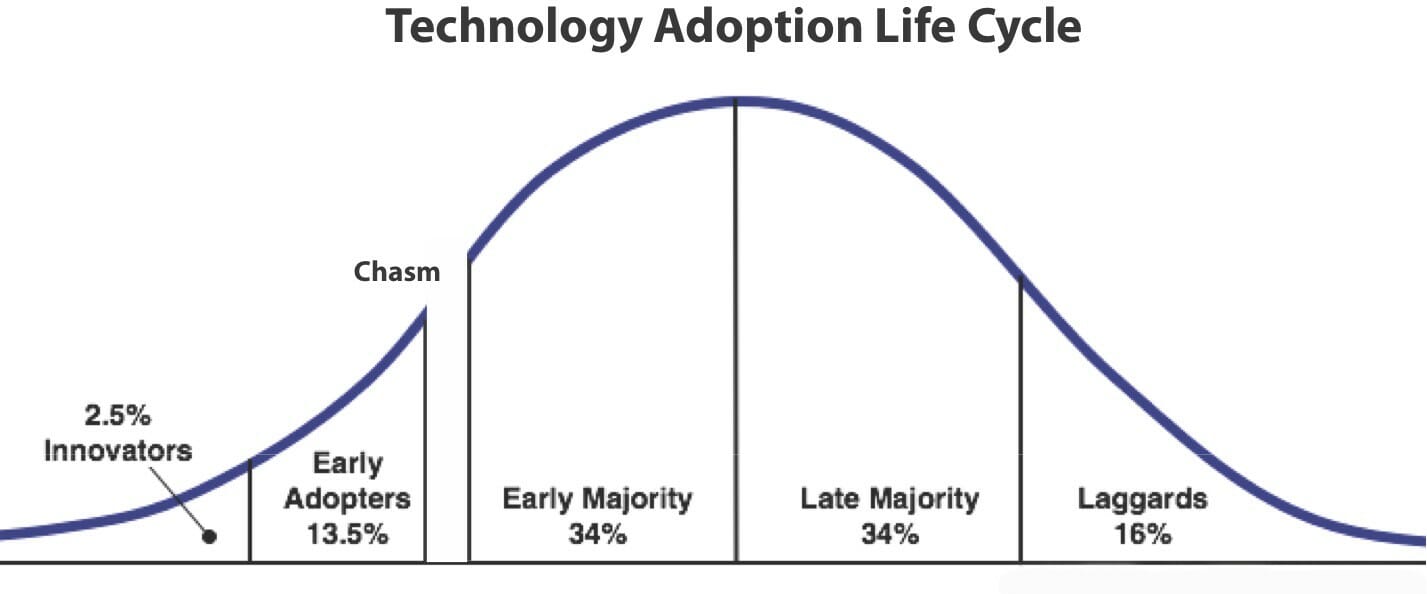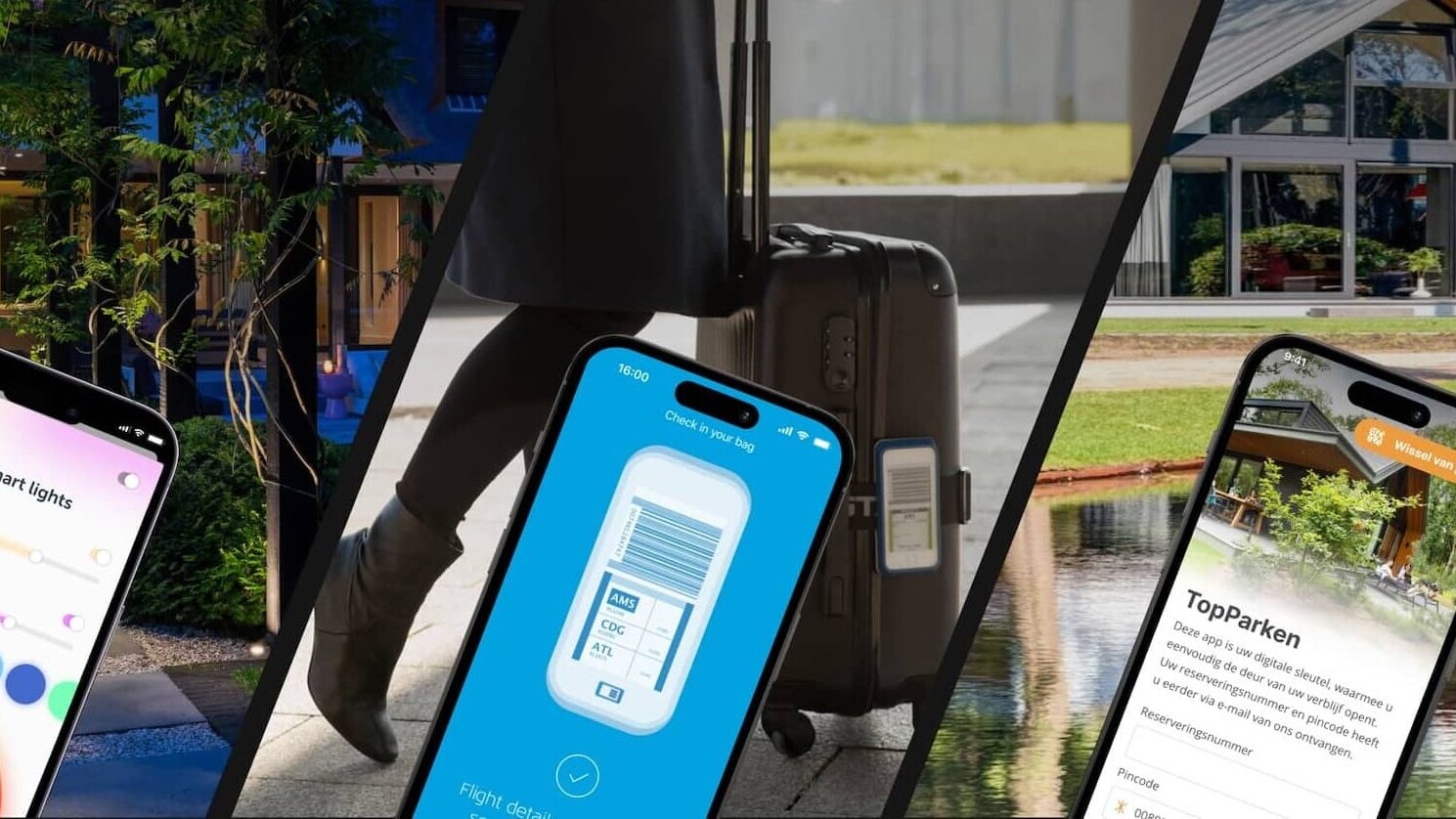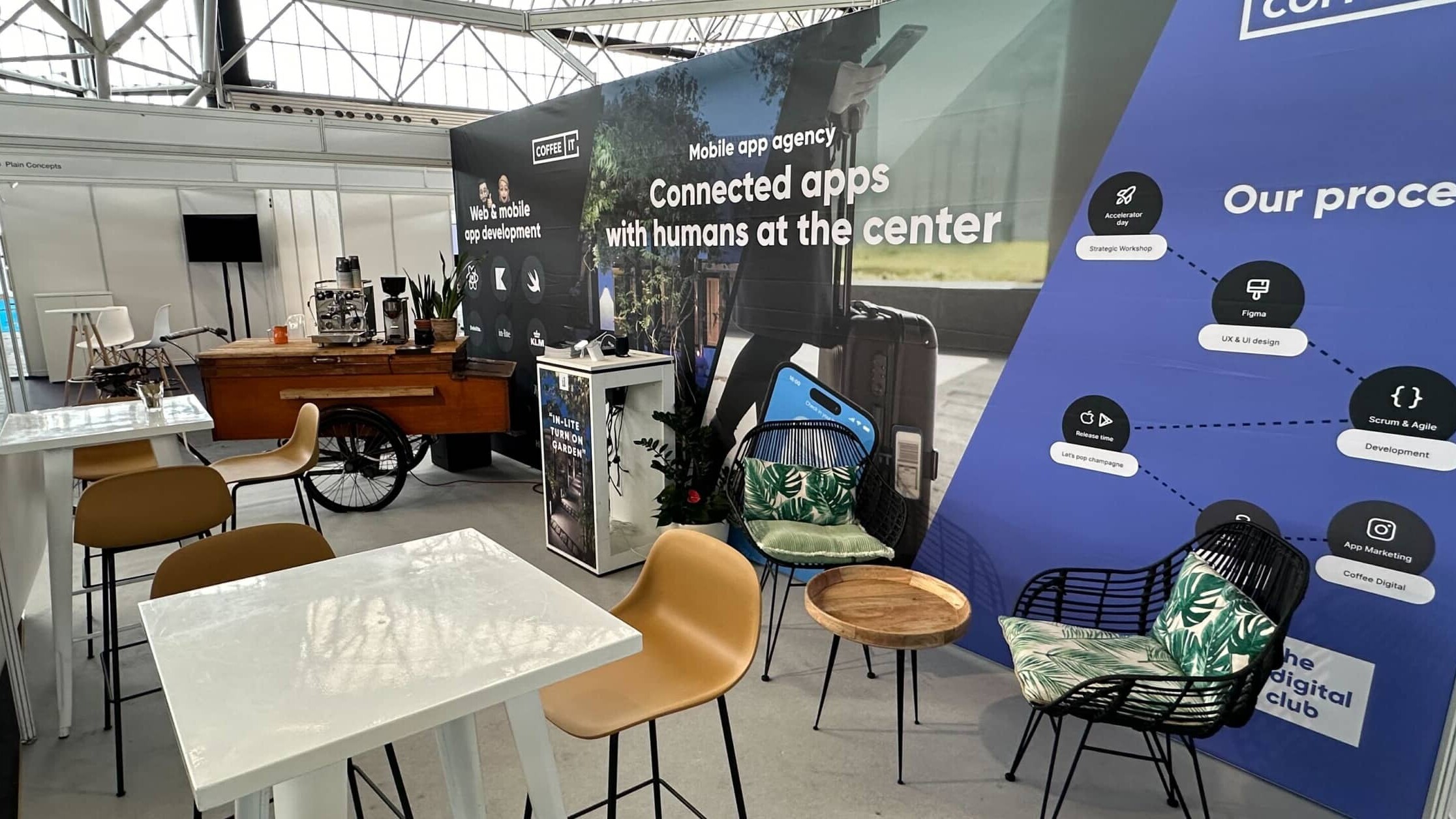If you try to please everyone, you will not please anyone
Many start-ups lack focus on their target group at the start and therefore do not know exactly what the wishes and needs of their target group are. They think it is smart to target the masses like Facebook or WhatsApp. These mega markets are of course attractive to new entrepreneurs. The downside, however, is that there are different customers with different needs in these markets. When you're new to the market, you need to have a value proposition strong enough that customers who have never heard of you will take the risk of trusting you. It is almost impossible to meet all the needs of all customers without making compromises, so it is not possible to target an extremely broad target group. Ben Yoskowitz, author of Lean Analytics, once stated:
It is better to do a super good job for a small group of customers than for a large group of customers.
And so the founders of AirBnb said you'd rather have 100 people loving your product than 10.000 liking your product. If you look at the most successful start-ups, you will see that they all initially focused on a niche group of customers. For example, Facebook started with Ivy League students, LinkedIn with Silicon Valley professionals and Tesla with wealthy and environmentally conscious entrepreneurs. When these companies dominated their small segment, they started to grow into new market segments.
Bridging 'The Chasm'
The reason that successful start-ups start with a small segment of customers is as follows. The market is roughly divided into the following segments:
Innovators: Love the challenge of new technologies and are prepared for problems.
Early Adopters: Customers and visionaries are driven by technology, but expect a faultless product.
Early Majority: Only customers of proven products.
Late Majority: Only customers of products that are no longer new.
laggards: Skeptics who wait until it is necessary to purchase such a product.
It is important that startups should never target early and late majority as these consumers look for brand value, security and confirmation that there are no bugs in the system. Startups should focus on capturing the early adopters because these customers love novelty, offer feedback and are forgiving. As a result, they ultimately refine your product and brand for the mainstream user. To transition to your mainstream user you need to make sure you: Have a minimally working product that solves a specific problem, have completely captured the market of that problem and have started building new features. This phase is called 'the chasm', and this is the phase where most start-ups fail.

Too many functionalities
Unfortunately, too few startups focus on building a minimum viable product (MVP). Many start-up founders believe that developing multiple functionalities for their product will differentiate them from the competition. However, building many functionalities costs a lot of time and money. Facebook was also launched without a like button at the beginning. Because Facebook was launched early with few functionalities, the adoption rate was higher. Too many startups focus on the amount of unique features instead of speed and usability.
But which functionalities matter?
With the €100 test you find out which functionalities really matter to your customer group. The principle is simple: You make a list with all the functionalities of your app and tell the customer that they can divide/spend €100 on all those functionalities. Naturally, customers will spend the money on the features that matter most to them. Then you group the functionalities in a logical way and build two simple prototypes. Then you test the prototypes with your customers and ask which they think is the best and why. This is how you figure out what your MVP should look like.
CONTACT US
Want to start or grow your business with a custom app? Contact us without obligation and we will help you further.











